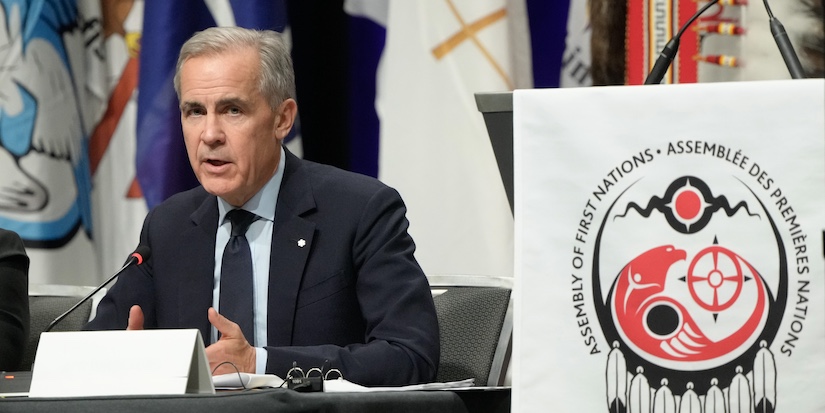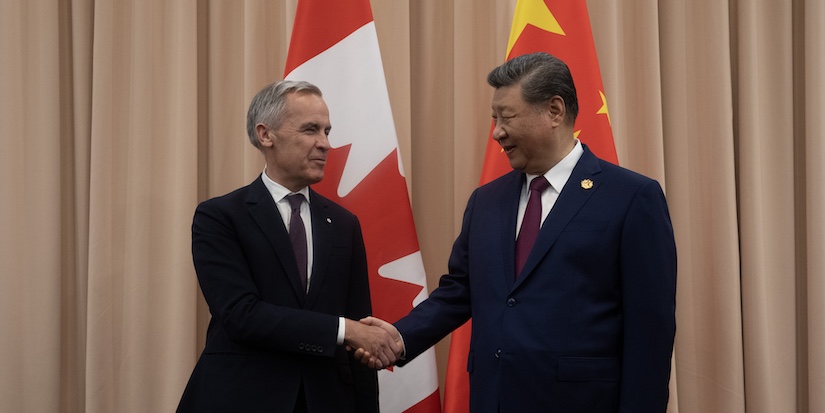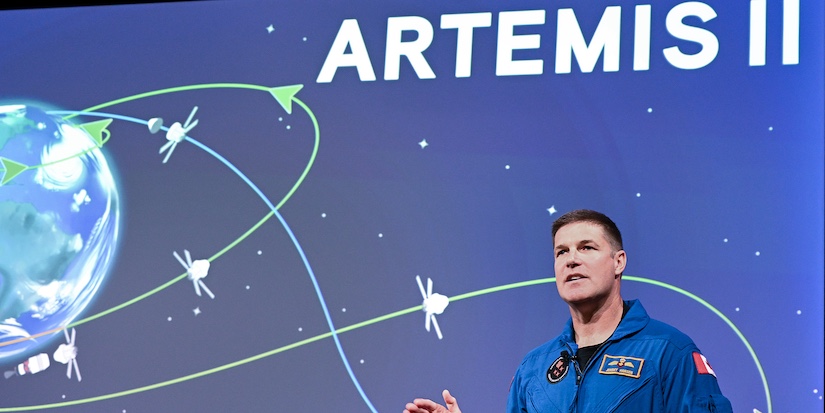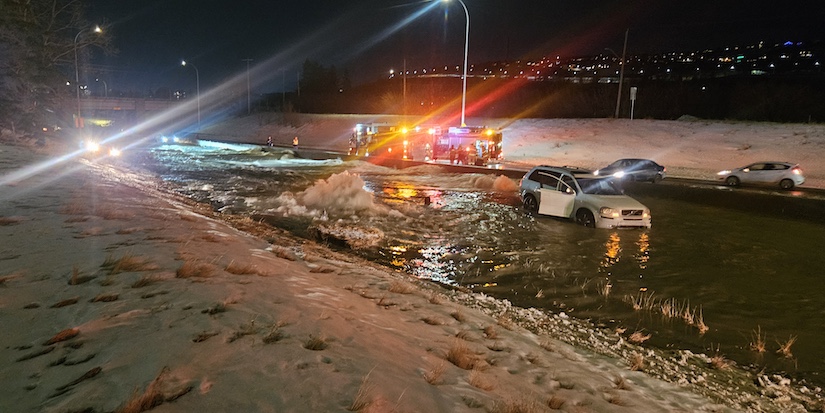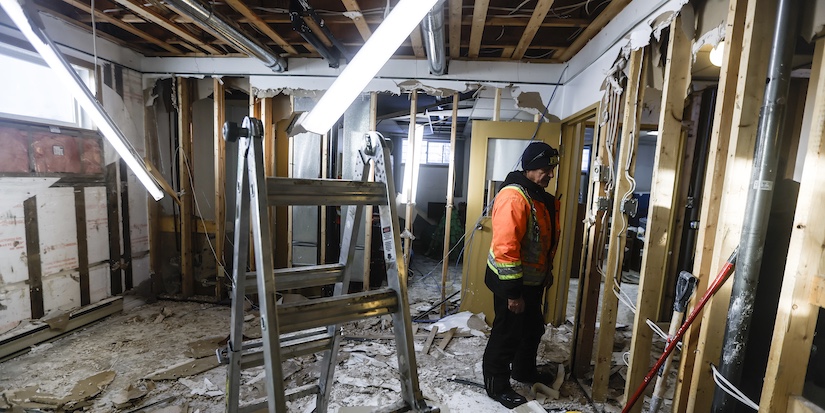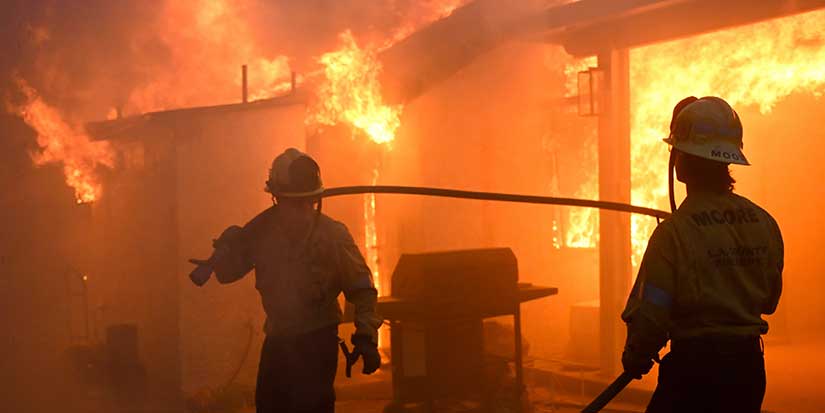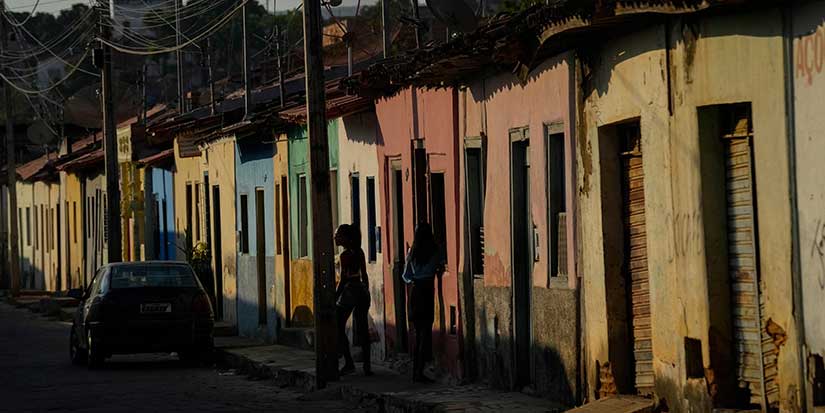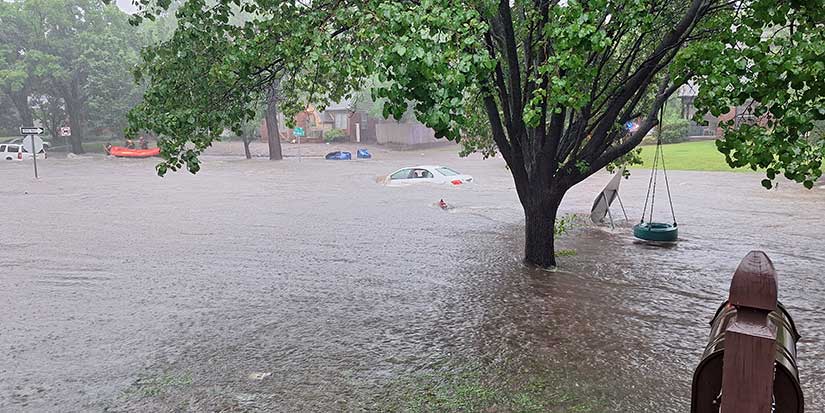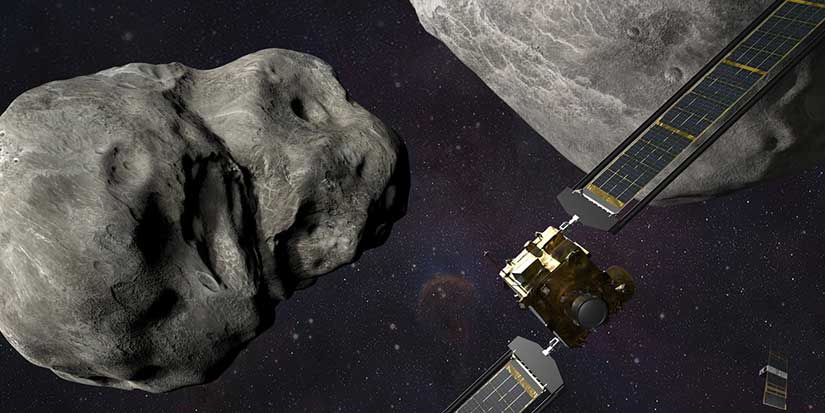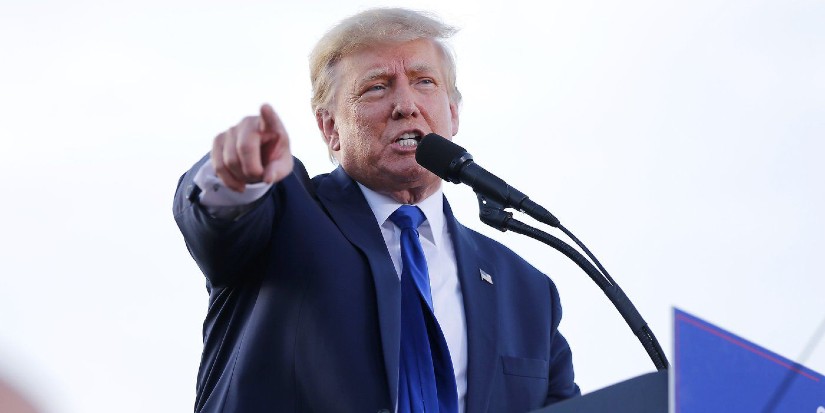Sports
After 100 years, BC Hockey focuses on the future
As BC Hockey commemorates its 100th
anniversary with a year-long celebration of Canada’s favourite pastime, the
newly-formed Richmond Jets represent the future.
Officially recognized as a minor hockey
association May 27, the Jets are the result of a merger between two previously
long-established local programs (Richmond and Seafair) that dated back to the
1960s. Reflective of their moniker, the Jets’ mission is to further grow the game
by being “dedicated to providing an accessible opportunity for the youth of our
community to grow through sport.” Guided by the values of fair play, respect
and inclusiveness, the goal is to promote determination and hard work as a path
to success and to make hockey fun and enjoyable for all.
Organized hockey in B.C. dates back to 1912,
with the first amateur league organized under the BC Amateur Athletic Union.
Seven years later the BC Hockey Association was formed, with Premier John
Oliver its honourary president. There were only three ice rinks in the province
at the time, and the game—in B.C. at least—was still seven a side. It wasn’t
until 1933 when, with unanimous support of members, divisions for midget- and
juvenile-aged players debuted. Playdowns were first held five years later.
Bantam became a reality in 1960 and Peewee in 1969.
“BC Hockey has been integral in helping to
grow the game of hockey in our province,” says Richmond’s Lynne Kiang,
president of Pacific Coast Hockey Association, which represents the district
from Sunshine Coast to Hope and Whistler to Surrey. “They are involved in
hockey at all levels from minor to the NHL and international game. The upcoming
World Junior Hockey Championships (Dec. 26 to Jan. 5) is an example of the
scope of involvement that BC Hockey brings. They also support grassroots
programs, elite development, coaching, refereeing and volunteer support. BC
Hockey also provides the different districts the opportunity to share and learn
from each other.”
Kiang notes that amateur hockey is mostly run
by volunteers and is proud of the way they step up.
“There is a lot of passion and emotion in
hockey, and that is also exhibited by the many volunteers. Through thick and
thin, as was recently demonstrated when the Humboldt team bus crashed, I think
it is amazing what the hockey community accomplishes together.”
In the Pacific Coast region, the 42 member
associations offer an array of programs for youth aged four to 21, but also
contribute to the fabric of their communities. Female hockey is thriving in the
Lower Mainland, and the area also sports Junior B, Junior A, university, the
Western Hockey League and the National Hockey League.
Kiang says the game has changed significantly
over the years and perhaps the most progress has been made on safety.
“This includes equipment changes for players,
safety policies for minor associations and for teams and team officials and
support of programs like the Hockey Canada Safety Program, Respect In sport and
the Concussion Awareness Training Tool, as well as improved training for on-ice
officials. Removing bodychecking from recreational hockey is another example of
a positive change for safety.”
But Kiang says sportsmanship between players,
fans and toward officials in an area that still needs work.
“Hockey is an amazing sport but it is hurt by
the images of the poor sportsmanship of just a few,” she says. “I also believe
that the cost of playing hockey has to continue to be addressed. Too often, I
hear of stories of families choosing other sports because of the cost. This is
not good for hockey in general. Thirdly, I think that we need to be doing more
to bring new players into the game, especially at the younger ages and for
female hockey. In general, the trend is towards lower registration and we need
to reverse this trend. Programs like First Shift and the Canucks Learn to Play
are excellent examples of fun and inexpensive introductions to the game.”
This year, Pacific Coast is also making
advances like embarking on electronic scoresheets. And Kiang is looking forward
to many more exciting developments.
As a whole, BC Hockey has come a long way
from its early days and shown leadership and innovation. It was BC Hockey that
proposed a nationwide celebration of the game that became Minor Hockey Week,
and introduced the mandatory wearing of helmets.
Today, BC Hockey oversees some 58,000
players, 10,000 coaches and 4,600 officials and 20,000 volunteers while being
committed to positive lifelong hockey experiences.











